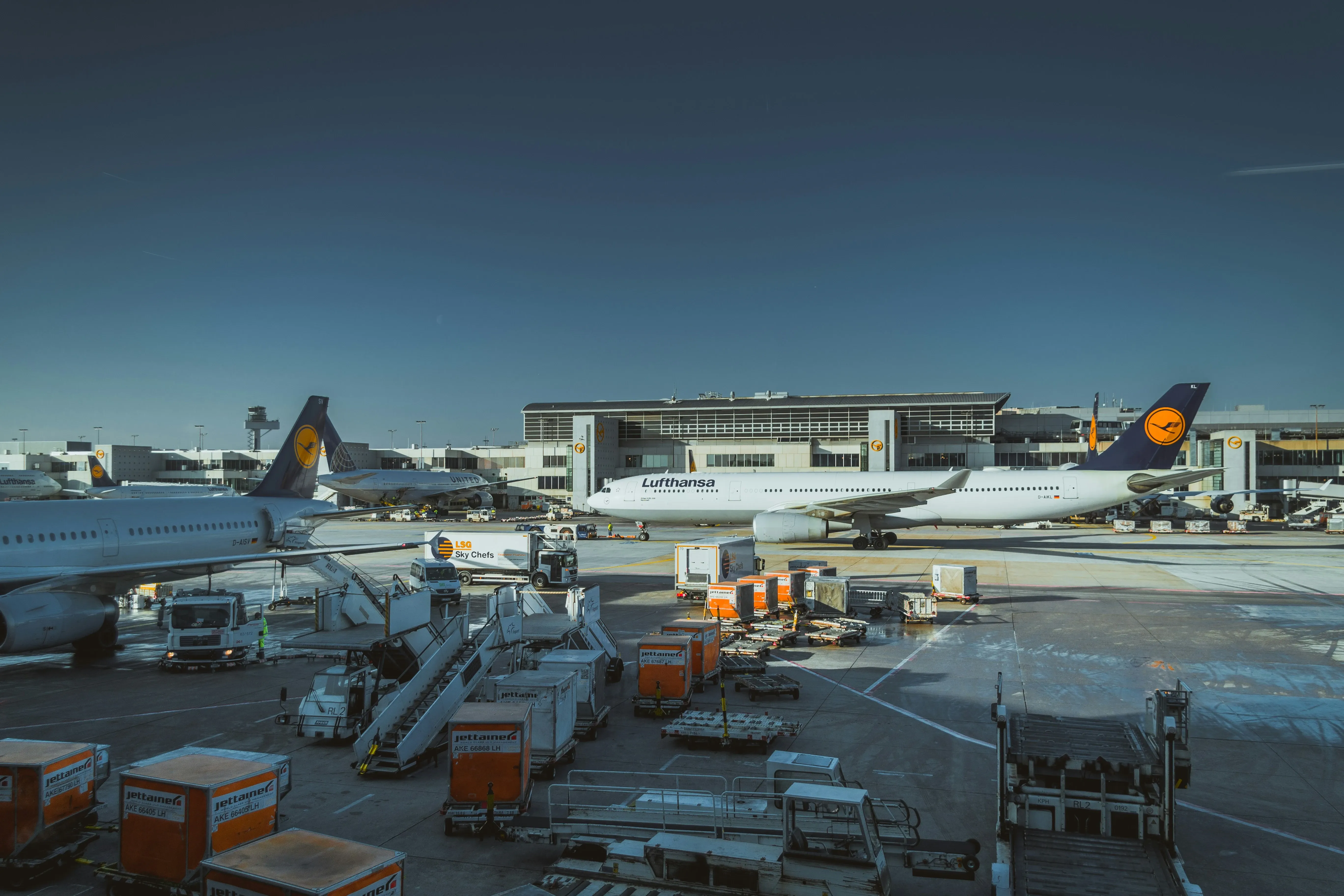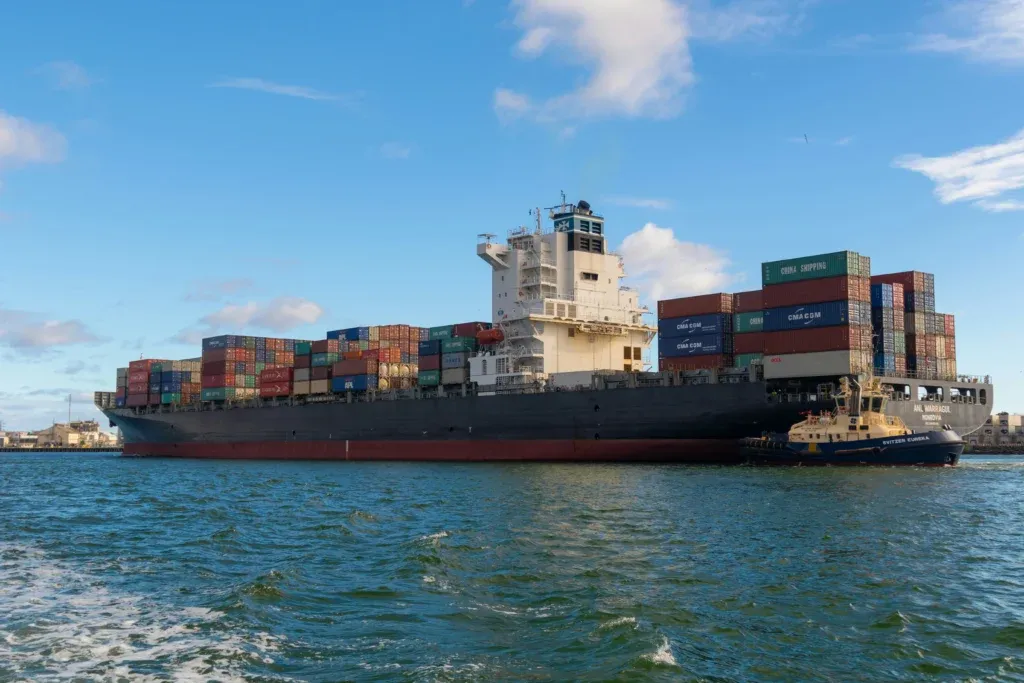Air Freight vs. Sea Freight: How to Pick the Right Shipping Method

Businesses must select the best shipping option for international trade and logistics. Air and sea freight are the two most popular choices, but picking one can significantly affect supply chain efficiency, costs, and delivery times. In this post, we’ll review the main distinctions between these two approaches and offer advice to help you decide which is best for your shipping needs.
Overview of Air Freight
Air freight is the fastest way to move cargo across great distances. It’s perfect for shipments that require quick delivery, such as high-value commodities, important documents, or perishable goods. Air freight is frequently the preferred option for companies with short deadlines.
The cost of air freight is higher due to its speed. Because of things like fuel prices, cargo capacity limitations, and specific handling needs, air shipping is typically more costly than sea freight. However, the speed and security of delivery frequently make the extra cost for expensive goods worthwhile.
Lightweight, valuable, or urgent commodities are ideally suited for air freight. Luxury products, medications, and electronics are a few examples. Air freight is less feasible because of weight and space limitations for bulky or heavy cargo.
Advantages and Disadvantages
- Advantages. Fast delivery, high reliability, reduced risk of damage due to minimal handling, and global reach.
- Disadvantages. High costs, weight and size limitations, and a larger carbon footprint compared to sea freight.
Overview of Sea Freight
Large, bulky, or heavy shipments are usually transported via sea freight. Because sea freight containers can store vast volumes, this approach is perfect for transporting machinery, raw materials, or large amounts of goods.
Sea freight is generally less expensive than air freight, particularly when shipping in large quantities. For companies that can wait longer for delivery, shipping prices are inexpensive because they are determined by the weight and size of the container.
Depending on the route and distance, sea freight can take anywhere from a few weeks to several months to transit, which is significantly slower than air freight. Factors like customs clearance and port congestion may further delay shipments.
Advantages and Disadvantages
- Advantages. Cost-effective for large shipments, eco-friendlier, and suitable for long-term supply planning.
- Disadvantages. Slow transit times, potential delays, and a higher risk of damage or theft due to more handling stages.

Factors to Consider When Choosing Between Air and Sea Freight
- Time sensitivity. If delivery speed is a priority, air freight is the clear choice. For example, fashion brands shipping seasonal collections or businesses transporting medical supplies often rely on air freight to meet tight deadlines. On the other hand, if time is not critical, sea freight is a more cost-effective option.
- Budget. Cost is a significant factor in choosing a shipping method. Air freight is more expensive but justifiable for high-value or urgent shipments. Sea freight is the preferred option for businesses looking to minimize costs, particularly for bulk cargo.
- Cargo type and volume. The type and volume of cargo play a critical role in the decision-making process. Large, heavy, or bulky shipments are better suited for sea freight, while air freight is ideal for smaller, lightweight, or high-value goods.
- Distance and destination. The location of the shipment’s origin and destination can influence the choice. Remote areas without access to seaports may require air freight, while destinations with well-connected ports are more suited for sea freight.
- Environmental considerations. Sea freight is generally more eco-friendly than air freight. Ships emit significantly less carbon dioxide per ton of cargo compared to planes, making sea freight the preferred option for businesses prioritizing sustainability.
Practical Tips for Decision-Making
- Use freight calculators. Many online tools allow businesses to compare costs and transit times for air and sea freight.
- Consult logistics experts. Freight forwarders and logistics consultants can provide tailored advice based on your specific needs.
- Plan ahead. Monitor seasonal trends, peak shipping times, and potential delays to ensure smooth operations.
- Consider insurance. Protect your shipment against potential risks by investing in cargo insurance.
Whether you choose air freight for its speed and reliability or sea freight for its cost-effectiveness and capacity, Carolina Logistics is here to provide top-tier service tailored to your shipping needs. Our expertise ensures your goods are delivered with the highest quality, no matter the method. Partner with us to navigate the complexities of global shipping and achieve your logistics goals with confidence. market, and fulfillment and warehousing are two important parts of that process. Businesses can benefit from increased efficiency, lower costs, and happier customers when both processes are smoothly linked. Businesses can remain ahead of demand and guarantee that their items are delivered to clients promptly and with accuracy by integrating technology such as WMS and fulfillment automation. Reliable suppliers, optimizing supply chain management, leveraging trade agreements, and planning for risks, businesses can enhance their import operations. Implementing these strategies not only ensures compliance and efficiency but also positions your business for success in the competitive global marketplace.
